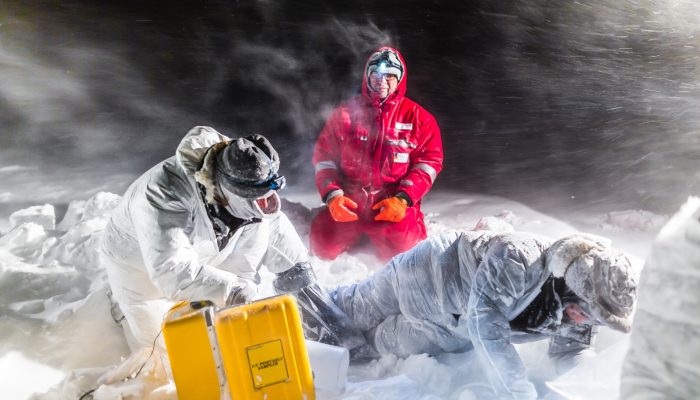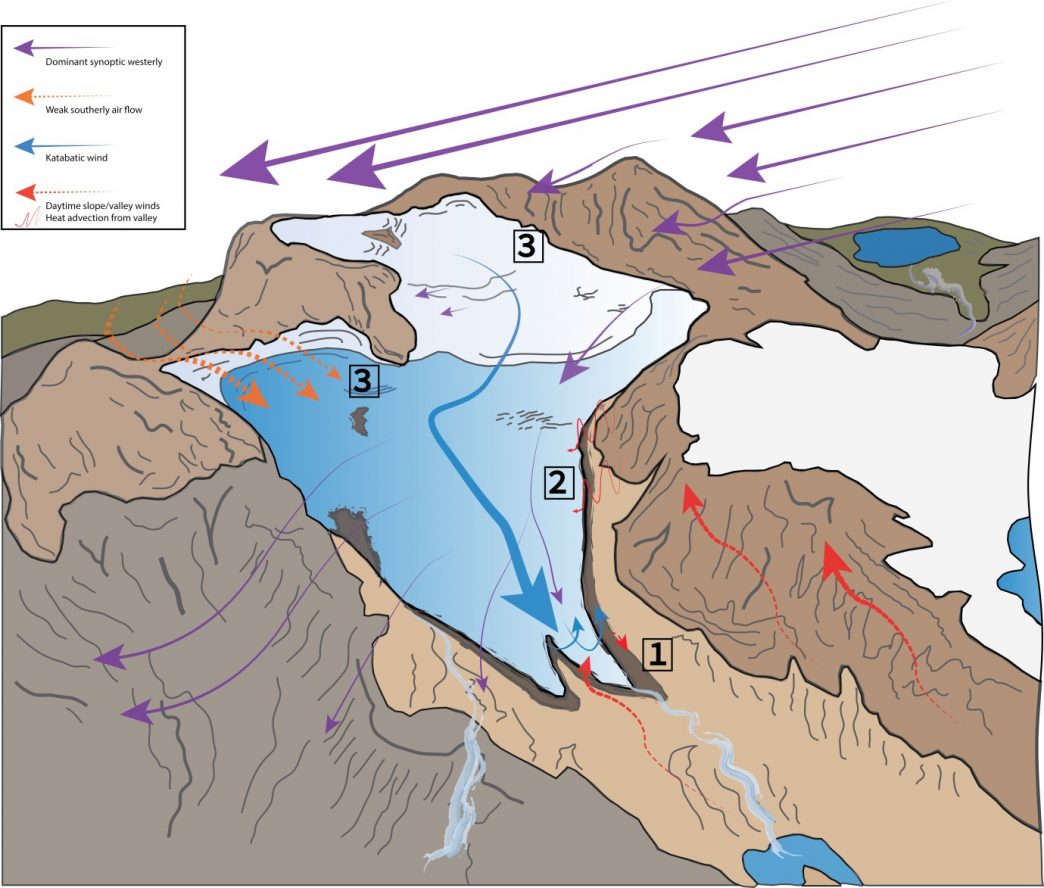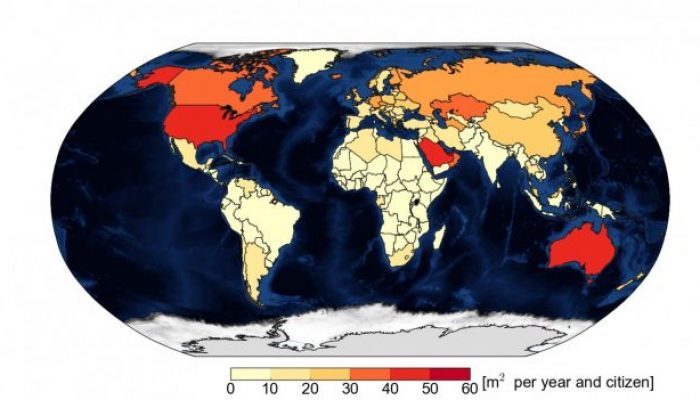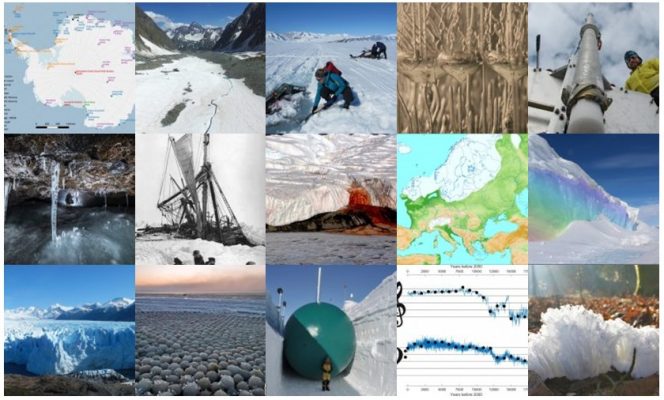“Positive feedback” is a term that regularly pops up when talking about climate change. It does not mean good news, but rather that climate change causes a phenomenon which it turns exacerbates climate change. The image of this week shows a beautiful melt pond in the Arctic sea ice, which is an example of such positive feedback. What is a melt pond? The Arctic sea ice is typically non-smooth, and ...[Read More]
Image of the Week — The ice blue eye of the Arctic










